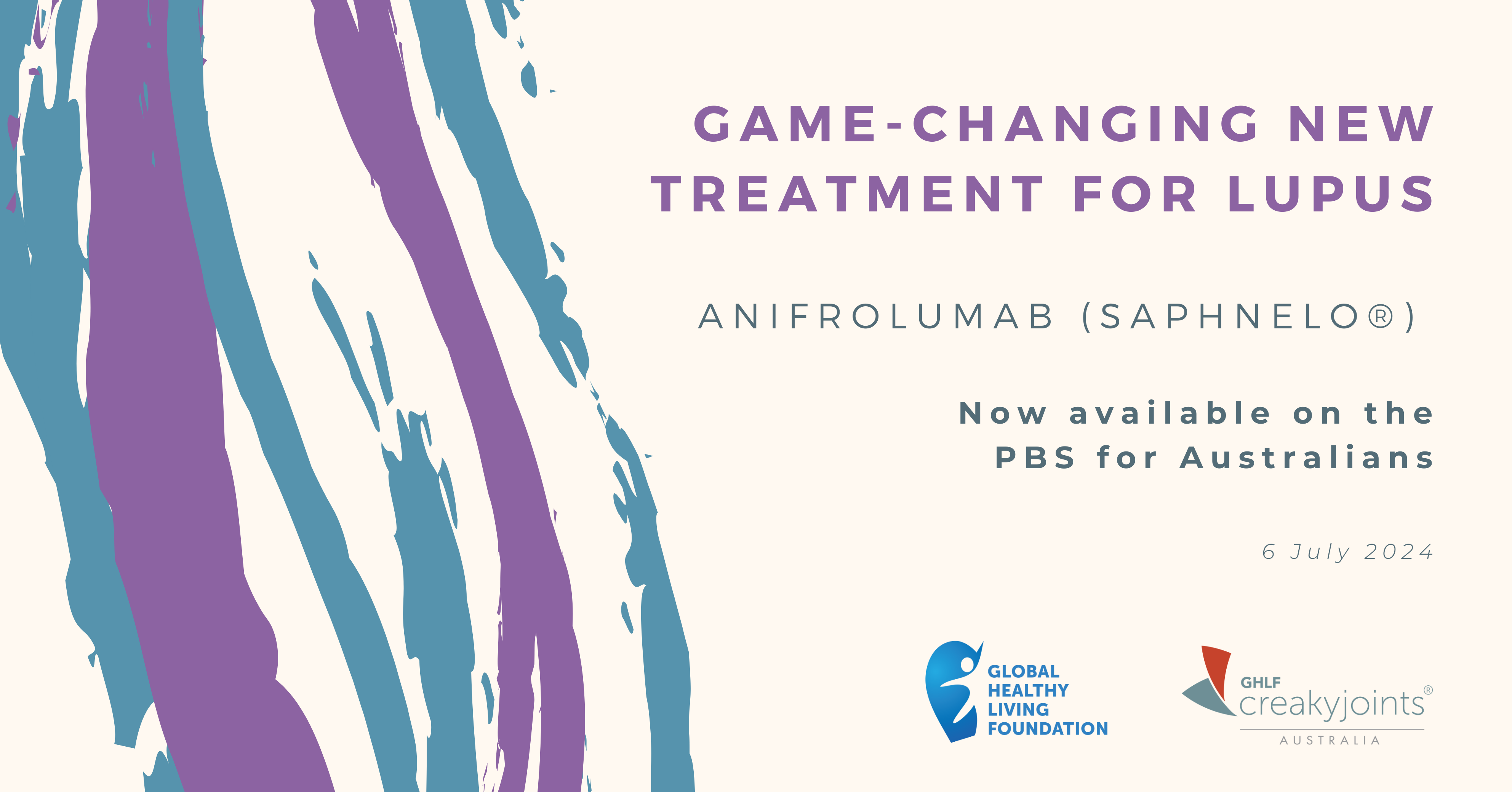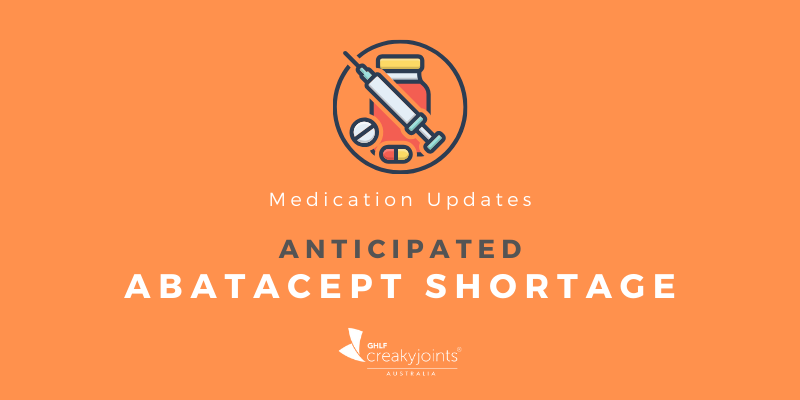Osteoporosis Treatment
Treatment recommendations are based on your calculated risk of fracture over the next 10 years, which is determined in part by bone density testing. For those at lower risk of fracture, treatment may involve lifestyle modifications like increasing weight bearing exercise, calcium and vitamin D intake, quitting smoking, reducing alcohol consumption and trying to prevent falls by wearing low-heeled shoes with non-skid soles, installing railings in the shower to hold onto and clearing the home of wires and slippery surfaces.
Osteoporosis Medication
For both men and women at increased risk of fracture, bisphosphonates are the most commonly prescribed medications. These include alendronate, risedronate, ibandronate and zoledronic acid that can be taken orally or though injection. Serious side effects have been associated with taking bisphosphonates for more than five years, including the sudden cracking or breaking of the thighbone, and necrosis or wearing away of the jaw bone, which can lead to jaw fracture.
Hormone therapy, such as supplemental estrogen started soon after menopause, can help maintain bone density. It also carries risks, however, such as blood clots, endometrial cancer, breast cancer and possibly heart disease. Estrogen is thus typically used only if it is needed to control other menopausal symptoms beyond bone loss, such as hot flashes.
Raloxifene is designed to mimic estrogen’s impact on bone density in postmenopausal women without the risks associated with taking estrogen. However, it can cause hot flashes and increase blood clot risk.
In men, osteoporosis medications are typically given either alone or in combination with testosterone therapy. For those who cannot tolerate or don’t respond to the more common osteoporosis treatments, denosumab may be prescribed. Delivered via injection every six months, it produces similar or in some cases better bone density results than bisphosphonates.
For people with severe osteoporosis, the drug teriparatide is similar to parathyroid hormone and is designed to stimulate new bone growth. It is given by injection under the skin for two years, followed by another prescription osteoporosis drug to maintain the new bone growth achieved.





